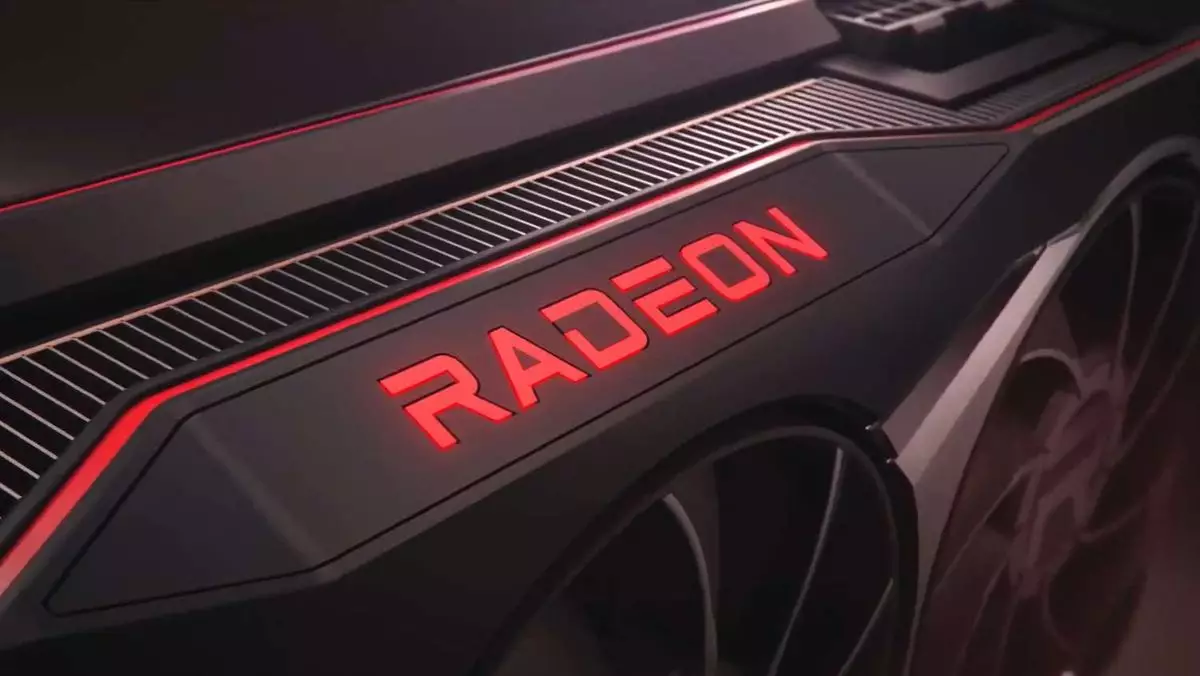As the year winds down, there’s a notable surge in high-profile game releases. Enthusiasts are eagerly looking forward to titles such as Stalker 2 and Microsoft Flight Simulator 2024. However, AMD has found itself trailing behind its rivals, especially when it comes to optimizing its drivers for latest gaming experiences. The recent update to the Adrenalin software, version 24.12.1, aims to bridge this gap by incorporating support for various upcoming releases, but is it enough to sway gamers in AMD’s favor?
The 24.12.1 update brings an extensive list of game support, marking official compatibility with popular titles including Marvel Rivals, Microsoft Flight Simulator 2024, and Stalker 2. This proactive approach by AMD reflects an understanding of the necessity for timely updates, particularly as gamers anticipate immersive experiences from these blockbuster titles. Furthermore, the update addresses several performance-related issues. Notable problems, such as application crashes while loading save files in Monster World and gameplay interruptions in Fortnite on the Radeon RX 5000 series, have reportedly been rectified.
However, despite these improvements, the update has also documented several unresolved issues. Among them are limitations with the Windows Subsystem for Linux and potential discrepancies in HEVC encoding while using OBS Studio. While these acknowledgments indicate a commitment from AMD to address concerns, the absence of a timeline for resolutions may leave users feeling uncertain about the future usability of their drivers.
Performance analysis is a critical factor when assessing any graphics card’s capabilities. In prior evaluations, the Radeon RX 5700 XT faced criticism for its inadequate 4K performance, especially when juxtaposed with its Nvidia counterpart, the RTX 3060 Ti. This raises questions on whether the new driver update will significantly alter the performance landscape for these products, particularly for demanding titles like Stalker 2 and Dragon Age: The Veilguard. Despite improvements in the Adrenalin software, the harsh truth remains that AMD’s offerings may struggle to match the raw prowess of their rivals in specific scenarios.
When examining Microsoft Flight Simulator 2024, early user experiences have suggested enhancements in performance with increased RAM allocations—from 64 GB to 96 GB—underscoring that hardware configuration and optimization matter significantly. Without thorough GPU performance evaluations published for the latest update, gamers have a right to be cautious. Will this new driver make substantial performance leaps, or will limitations persist for those on AMD platforms?
Beyond the expected enhancements, the Adrenalin software has proven itself a pivotal component in managing AMD graphics performance. It offers a collection of features such as FreeSync, Radeon Chill, and the ability to record gameplay easily. For gamers immersed in the AMD ecosystem, this level of control is invaluable. Nonetheless, the software’s efficacy will often be compared against Nvidia’s offerings, where performance metrics and user experiences tend to trend favorably for the latter.
Moreover, as the gaming landscape evolves with next-generation GPUs dominating the market, AMD must work harder to ensure its software frameworks keep up with demands, not only through driver updates but through overall architectural optimizations as well.
While AMD’s Adrenalin Edition 24.12.1 update offers essential support for key games and addresses numerous concerns, it’s difficult to ignore the overarching challenges posed by a competitive market heavily influenced by Nvidia’s advancements. The improvements might temporarily reassure loyal users, especially those invested in AMD’s ecosystem. Still, with forthcoming blockbuster titles on the horizon, the pressure remains on AMD to substantiate its commitment to performance excellence.
Gamers should stay abreast of further developments, ensuring that any performance bottlenecks are promptly addressed. In the tech landscape, adaptation is critical, and AMD must remain vigilant. The driving force behind gamer loyalty will ultimately hinge on whether these updates can translate into tangible performance enhancements that consistently challenge or even surpass the competition. As we look to the future, clarity on forthcoming optimizations will be paramount for AMD’s standing in the graphics arena.

